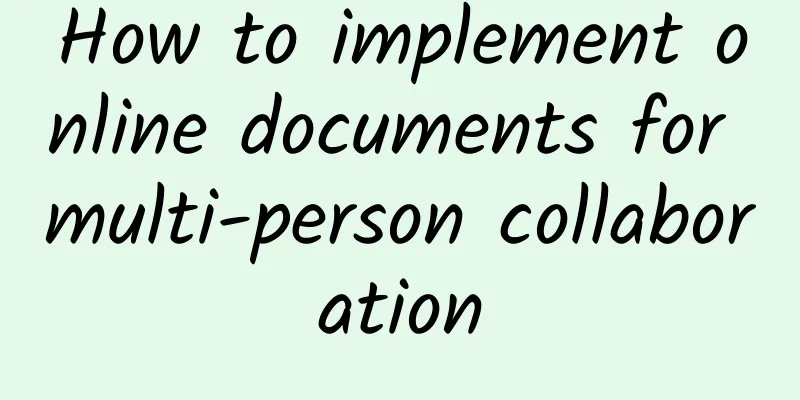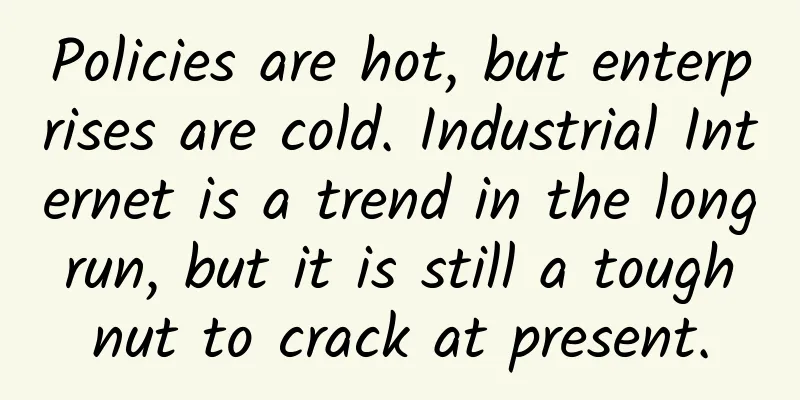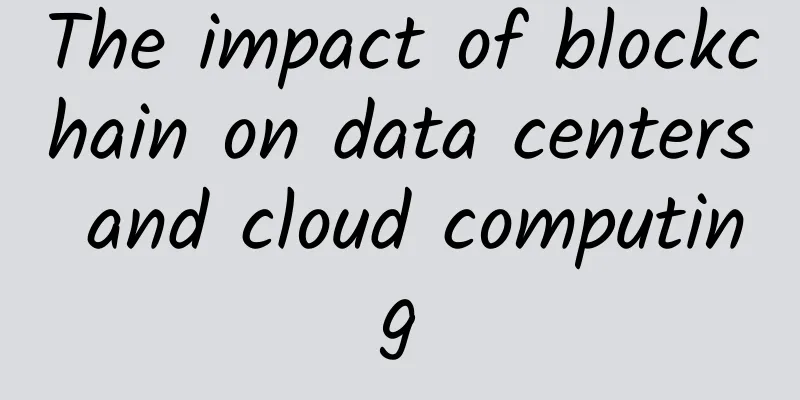How to implement online documents for multi-person collaboration

|
Due to business needs, I came into contact with online documents and online Excel at work. However, during the research stage, I found that there were few relevant articles in China, so I wrote a few articles to analyze some technical solutions for implementing online documents and online Excel based on my work practice and my own thoughts. In order to avoid involving company privacy, the design of some data structures and non-critical scenarios in the article are relatively brief. We mainly introduce how to implement online documents for multi-person collaboration from the aspects of demand analysis, solution design, and technology selection. Demand Analysis We use the idea of domain-driven model to conduct demand analysis. The demand includes two entities: "person" and "document" . The main attributes of "person" are: user ID, user name. The main attributes of "document" are: document ID, document content, creator, creation time. The relationship between people and documents is very simple: one person can have multiple documents, and one document belongs to only one person, which is a one-to-many relationship. Because the document content cannot be read or modified at will, permission management is also required. "Permission" is a value object. The values of permission are: read, edit. People can have read permission or edit permission for documents. Another key issue is "collaboration" . Collaboration is when multiple "people" work on a document at the same time. During the collaboration process, the content edited by multiple people needs to be merged and converted into the final saved document content. During the collaboration process, the document editor needs to be able to see the current "collaborating object" and the "real-time editing content" of the collaborative object. In order to achieve the above functions, we split the system into five modules: personnel management, document management, permission management, collaboration and front-end document editor. Solution Design People Management Because personnel management is not the focus of this article, we will only make a brief design, mainly to assist in explaining the subsequent design. The main fields of the table structure are: The main logic of this module is introduced below. User Registration
User login
Document Management Document table structure design: The main logic of this module is introduced below. Create a document
Modify the document The modification here refers to modifying the content of the document. In order to save the content edited by the user in time, we need to pass the data to the server in real time during the user editing process. If the entire document content is sent to the server every time, although the processing logic of the server will be simpler, there will be a lot of redundant data in each request, which wastes a lot of bandwidth. Therefore, it is best to only send the changed content to the server, and let the server merge the current document content and the changed content to generate the latest document content. How to send the changed content? We can divide the user's operations on the document content into three categories: "add, modify, and delete" . Adding is to add content to the document, modifying is to modify a certain section of the document, and deleting is to delete a certain section of the document. We can use Json to represent these three types of operations:
The process of modifying the document is
When users edit an article, they often need to transfer data many times. Although the Json data format can express semantics well, it also requires sending more bytes each time, wasting bandwidth; and the serialization and deserialization process of Json is relatively inefficient. We can use Google's Protobuf protocol instead. It is a binary-based transmission protocol that is stronger than Json in terms of transmission content size and parsing speed.
The protocol here is relatively simple, and you can concatenate strings according to the rules. Considering the scalability of subsequent functions, it is recommended to use the Protobuf protocol. There is also a sequence problem in the process of modifying documents. Let's assume that the user's operation is as follows:
The final result under normal order is: "Hello three four five" . But if the execution order on the server becomes 3, 1, 2, the final result becomes: "one two three four five" . This is obviously not in line with expectations. So we must ensure that the server processes the requests sent by the front end in order. There are several solutions to ensure sequential execution:
Solution 1 has low processing efficiency when there are many requests, which will affect the user experience and can be directly eliminated. Solution 2 mainly relies on the client to generate an incremental ID, which is a good solution. Solution 3 relies on a single process and an ordered queue to ensure the order. Although a single process is difficult to withstand pressure when the concurrency is high, if load balancing is performed based on the document ID, the traffic can be better controlled. After all, the QPS for modifying a document is not that high. View Documentation
Deleting a document
Permission Management The current required permission scenarios are particularly suitable for the "ABAC" permission model. Therefore, the main fields of the table structure where we store permission information are: The main logic of this module is introduced below. Activate permissions
Remove permissions
Verify permissions We can implement an intermediate key to determine whether the user is the creator when requesting a document. If not, we can query the permission table to see if the user has the right to view or edit the document. The same logic applies when modifying the document content, so I will not go into details. cooperation Merge Conflicts When multiple people modify a document at the same time, there are several ways to handle content conflicts:
Collaboration Notification For better collaboration, document editors need to see who is editing the document at the same time, and also need to see the content modified by others to reduce conflicts and achieve the purpose of collaboration. The time when everyone opens the document editing page is not synchronized. In order for everyone to "see each other" and see each other's "modified content" , the server needs to actively push messages to the client. In this scenario, the long link solution is more appropriate. As mentioned above, when documents are frequently modified, the frequency of data transmission will be very high. If it is an HTTP request, each request will carry header information, establish a connection and other overhead, so the data report of the modified document content can also use a long link. At the same time, the server maintains a "collaboration list" to store all documents being edited and the online users of each document, which can be compared to a chat room. Document editor joins
The logic for document modifiers to exit is basically the same as that for joining, so I will not go into details. 「Modify content」
Document editor 「Edit function」 The document editor needs to support a series of functions such as document content editing, text style adjustment, image insertion, link insertion, etc. The solutions to achieve content editability include textarea tag and contenteditable attribute. However, the textarea tag is difficult to support other requirements and is not easy to control. Therefore, we choose contenteditable=true to implement document content editing. Reporting function When modifying a document, the content reporting needs to be handled by the document editor. It is not possible to report every time a user enters a character. Such frequent data transmission will put a lot of pressure on the server and is unnecessary. Therefore, the client's reporting needs to be de-shaked. During the reporting process, the reporting may fail due to network interruptions and other reasons. In this case, a retry is required. The service may fail to report data due to a long network interruption or server abnormality. In this case, the front end can first store the user's changes in the browser's local LocalStorage, but it should be noted that the browser's local cache usually has a size limit of 5M. In addition to playing a role in network abnormalities, local storage can also play a role in recording previous operations when implementing Ctrl+Z operations. "Long Link" A separate module is needed to manage long links, uniformly process the reported interfaces and data sent by the server, and do a good job of data packaging and parsing; and provide timely feedback to users on successful connection, successful data saving, connection abnormalities and other information. 「Loading large documents」 For loading large documents, we need to do asynchronous processing. According to the scroll bar scroll position, more data is asynchronously obtained on the server side. 「Other functions」 We can split other modules of the front-end editor according to their functional scope: for example, modules that control text size and color; modules that control text alignment; modules that control content insertion; modules that support Ctrl+C, Ctrl+V, Ctrl+Z, etc. After splitting, you can implement them according to their functions, so I won't analyze them one by one here. Technology Selection "storage" In terms of storage, a relational database is more suitable for the current scenario. We can choose a suitable database based on the number of documents and users. Usually, MySQL is sufficient for data volumes of tens of millions. If the data volume is larger, we can choose TIDB or MySQL sharding. In addition, if you consider searching for document content, it is not enough to choose only one storage structure. You need to create an index for the document separately. You can choose to use an ES cluster to create a full-text index for the document. Moreover, index creation is a more time-consuming operation compared to MySQL's addition, deletion, and modification, so index creation is often placed in an asynchronous process. Moreover, users rarely search for a document immediately after creating it. 「Long link」 Currently, the commonly used long connection solutions are "HTTP/2 + SSE" and WebSocket. WebSocket is more mature and is the preferred choice. "Message Queue" RocketMQ is recommended because
Of course, the write performance is weaker than Kafka, but in the online document scenario, the reliability and order of messages are more important. Architecture Design Based on the above analysis, the deployment architecture diagram we designed is as follows The access layer is responsible for user authentication and long link maintenance; other modules are responsible for their own functions. We use MQ to send the document modification queue, and the document management module consumes it. We use Redis to store the corresponding relationship between documents and users when multiple people collaborate. Of course, when the amount of data is not large, MQ can also be temporarily replaced by Redis. Summarize The above is my analysis and design of multi-person collaborative online documents, which includes the front-end and back-end interaction process, document storage, and service deployment. In order to highlight the main issues and logic, many design and technical points in the article are just mentioned briefly. If you find any problems that may cause trouble, you can search for keywords or leave a message to communicate. |
<<: The 5G era is accelerating. When will edge computing replace "core" computing?
Recommend
Ruijie-style innovation: Ruijie Networks 2017 product and solution strategy released in Beijing
On March 31, Ruijie Networks held its 2017 produc...
Huawei Cloud and Xinhua News Agency work together to bring news closer to you
The booming development of digital technology has...
RAKsmart: 35% off all VPS hosting, monthly payment starting from $1.95, CN2/AS9929 available in US/Japan/Korea/Hong Kong/Germany data centers
RAKsmart provides VPS hosts with 35% discount and...
HPE (Aruba) Named a Leader in Gartner® 2022 Magic Quadrant™ for Enterprise Wired and Wireless LAN Infrastructure for the 17th Consecutive Year
Aruba, a Hewlett Packard Enterprise (NYSE: HPE) c...
Wi-Fi 7 Revealed: The Future of Wireless Connectivity Is Here
In the digital age, the pursuit of faster, more r...
How to balance the development of Wi-Fi 7 and future 5G/6G?
As society progresses, people's demand for in...
The Internet can also get stuck?! There are three magic weapons to solve it!
Highways will be congested, and the Internet, the...
Ethernet Alliance Chairman: Flexible Ethernet is the key direction for future network development
In the past, when people mentioned Ethernet, the ...
A brief history of the development of instant messaging (IM)
We are not unfamiliar with instant messaging (IM)...
Industrial Internet communication protocol types, functions and connection methods
With the advent of Industry 4.0, the Industrial I...
HostYun: Korean/American VPS monthly payment starts from 16 yuan, Japanese/Hong Kong VPS monthly payment starts from 18 yuan, CN2 GIA/AS9929 and other lines
There are many businesses selling cheap VPS, but ...
How can the CDN industry break through the era of negative gross profit?
Since the Ministry of Industry and Information Te...
HostYun Hong Kong Tsuen Wan AMD series VPS simple test
The day before yesterday, we shared the informati...
DediPath July Promotion: 50% off all VPS/HybridServers/Dedicated Servers, multiple data centers in Los Angeles/San Jose, etc.
DediPath has released this month's promotion ...
5G cannot enhance industry?
There are already more than 1,100 “5G+Industrial ...









